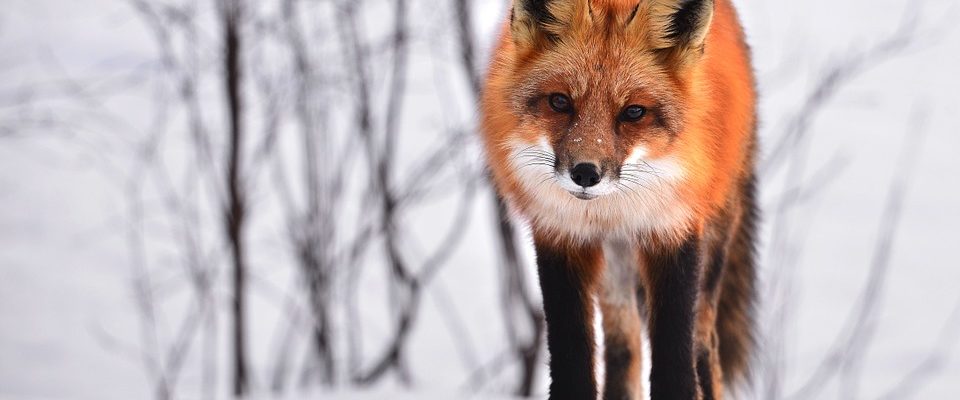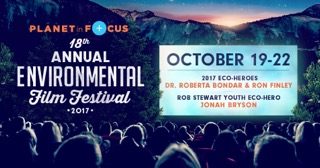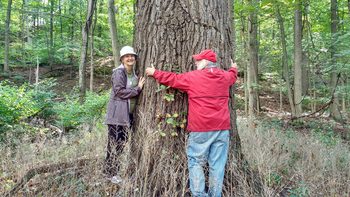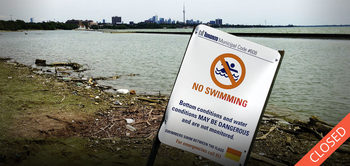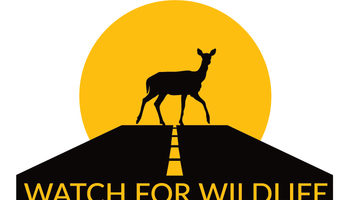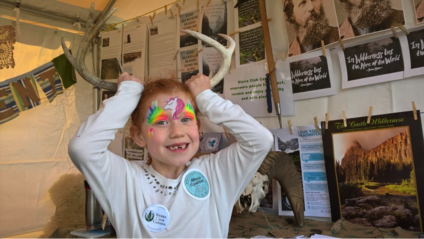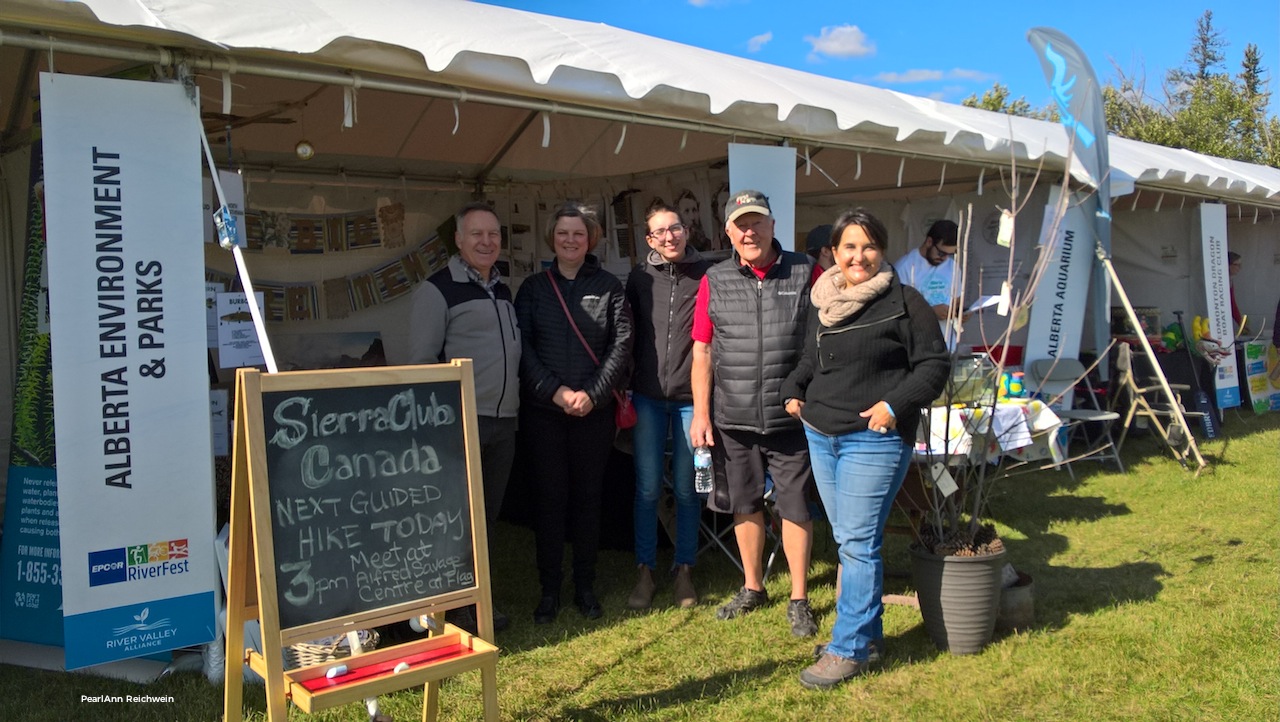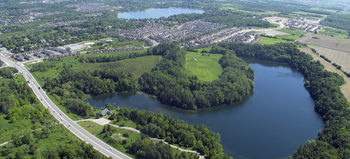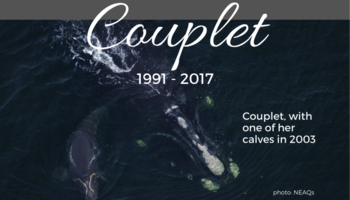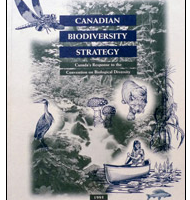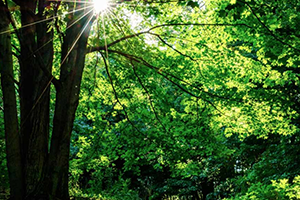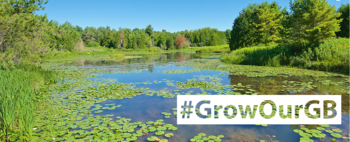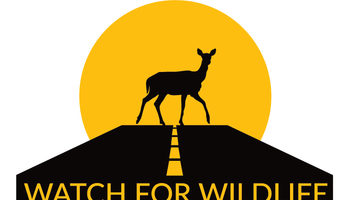The (Greenbelt Plan's) amendments uphold the Greenbelt's most central legacy: its permanence.
The following article was written by Thaia Jones, Sierra Club Ontario's Greenbelt Campaign Chair.
HERE AT LAST!
On May 18th Minister Bill Mauro, Ontario’s Minister of Natural Resources and Forestry, officially presented the new Provincial Greenbelt Legislation. Two years after so many of us wrote submissions or attended Town Hall meetings to discuss the Crombie Report on Greenbelt and Growth Plans for the Greater Golden Horseshoe's Co-ordinated Land Use Planning Review, the results are finally in!
But was it a WIN for environmentalists and the Greenbelt? Or was it a LOSS? Or a bit of both? Environmental groups are still dissecting the complexity of details to find the answers. Even then, we won’t be sure until the legislation is gradually turned into implementation and implementation is accompanied by the effective monitoring and enforcement strategies that have been stipulated.
That being said, the overall results are promising. The general consensus is that the new legislation is an improvement over the old, with greater protections for boundaries, more attention to curbing sprawl and more rigorous environmental assessment required. Monitoring and enforcement plans are to be designed and followed.
The provincial announcement was low key, generating little public attention or interest, possibly giving the province plenty of leeway in how promptly and energetically to act. Nevertheless, it sent a clear message to municipalities and developers that boundaries would be considerably more difficult to breach and sprawl would be gradually curbed.
The revised ratio of infilling urban development to greenfield(1) development is 60-40, with tight new restrictions on size and ease of growth around small communities. This latter restriction was a last minute legislative alteration and was quite likely a response to the 45,000 petition letters received. Unfortunately, the new ratio will be phased in between now and 2031, giving little help to beleaguered groups such as the Simcoe County Greenbelt Coalition who hoped for more immediate aid in slowing the rapid greenfield development in their area.
Also very encouraging is the province’s continued expression of interest in growing the greenbelt beyond its current borders. Growth through 21 urban river valleys(2) and 7 coastal wetlands remains a definite promise, but interest extends well beyond this to additional packages that have particular hydrological or other importance and that may not be too challenging to designate. The province is seeking recommendations from Environmental Defence in identifying some possible packages. Additionally, farm organizations are expressing increasing interest in exploring forms of protection for farmland increasingly threatened by sprawl, and their interest may lead to further countryside protections of one sort or another.
In summary, the legislation is here, and overall it looks good. We may cautiously count it as a win for the Greenbelt, and also a win for communities that might have found their infrastructure costly and unsustainable if they had succumbed to the short term allure of sprawl. It is not such a pleasing scenario at present for developers, who lobbied hard for fewer rather than more restrictions.
But the process of implementation has not yet begun and this next phase will be as important to get right as was the legislation itself. Our next work is already waiting for us. We must remain vigilant as new challenges emerge in interpreting the legislation, and we must find ways to encourage the province to keep up momentum as it works to turn its plans into realities.

